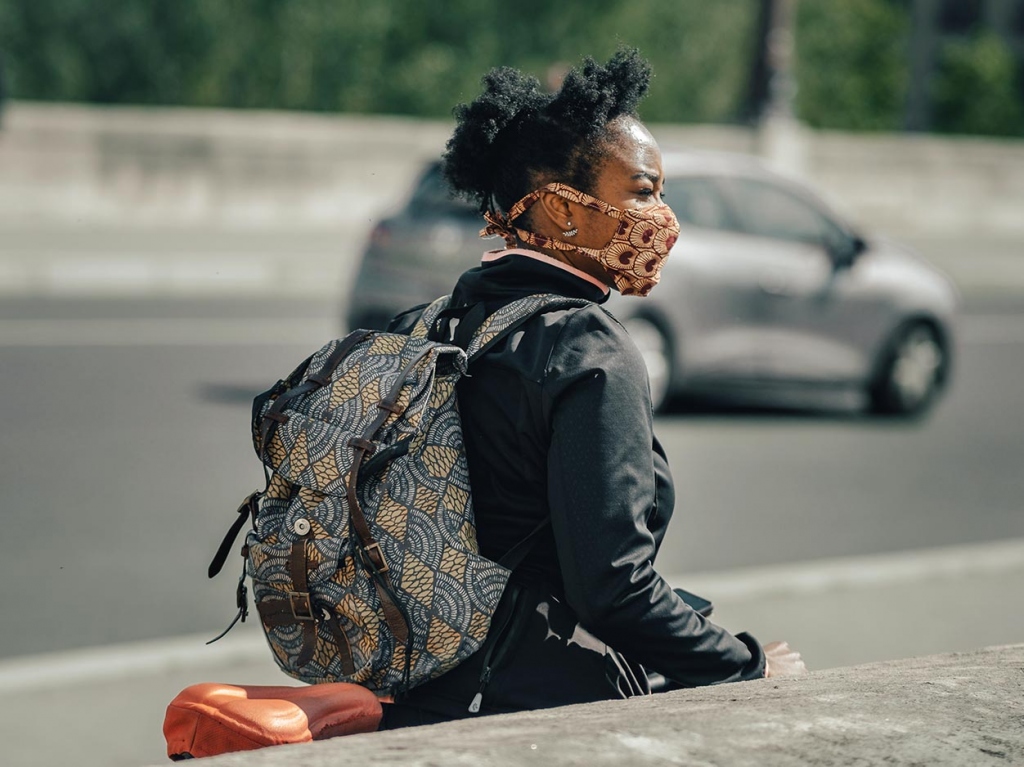GoodRx / Maryann Mikhail, MD

Is a coronavirus mask now officially part of your daily outfit? If so, it might be the cause of your skin breakouts. Masks provide a layer of protection. But they can also irritate the skin, clog pores, and flare acne. Keep reading to learn how to deal with “maskne” — the new term for breakouts caused by masks.
How do face masks cause acne and skin damage?
Skin damage from wearing masks usually affects healthcare workers. But now that the Centers for Disease Control and Prevention (CDC) recommend everyone wear masks in public, we are all at risk.
There are three main ways masks cause breakouts:
- Rubbing: Masks can cause irritation through friction and chafing, almost like rug burn. The areas most at risk are the bridge of the nose and where elastic bands hit behind the ears. Over time, tightly fitting masks can put enough pressure on the skin to cause it to breakdown.
- Irritation: The material of a mask absorbs the skin’s natural oils. For some people, this leads to dryness and sensitivity. Residue from detergents and fabric softeners also gets stuck underneath the mask and can cause irritation. When irritation becomes inflammation, you see redness, dry patches, peeling, or dark marks. If you have a skin condition like rosacea or psoriasis, the inflammation can make it flare.
- Occlusion: Occlusion from a mask also causes issues. Pores get clogged and can become pimples or acne cysts. Your breath trapped beneath the mask makes the skin surface warm and moist. Besides regular acne, this environment can lead to a breakout called folliculitis, which is when yeast or bacteria infect hair follicles.


